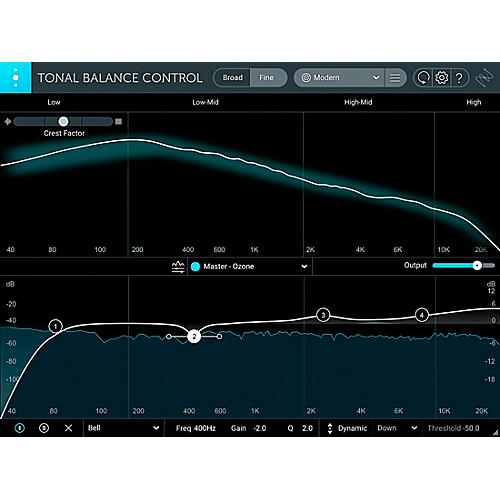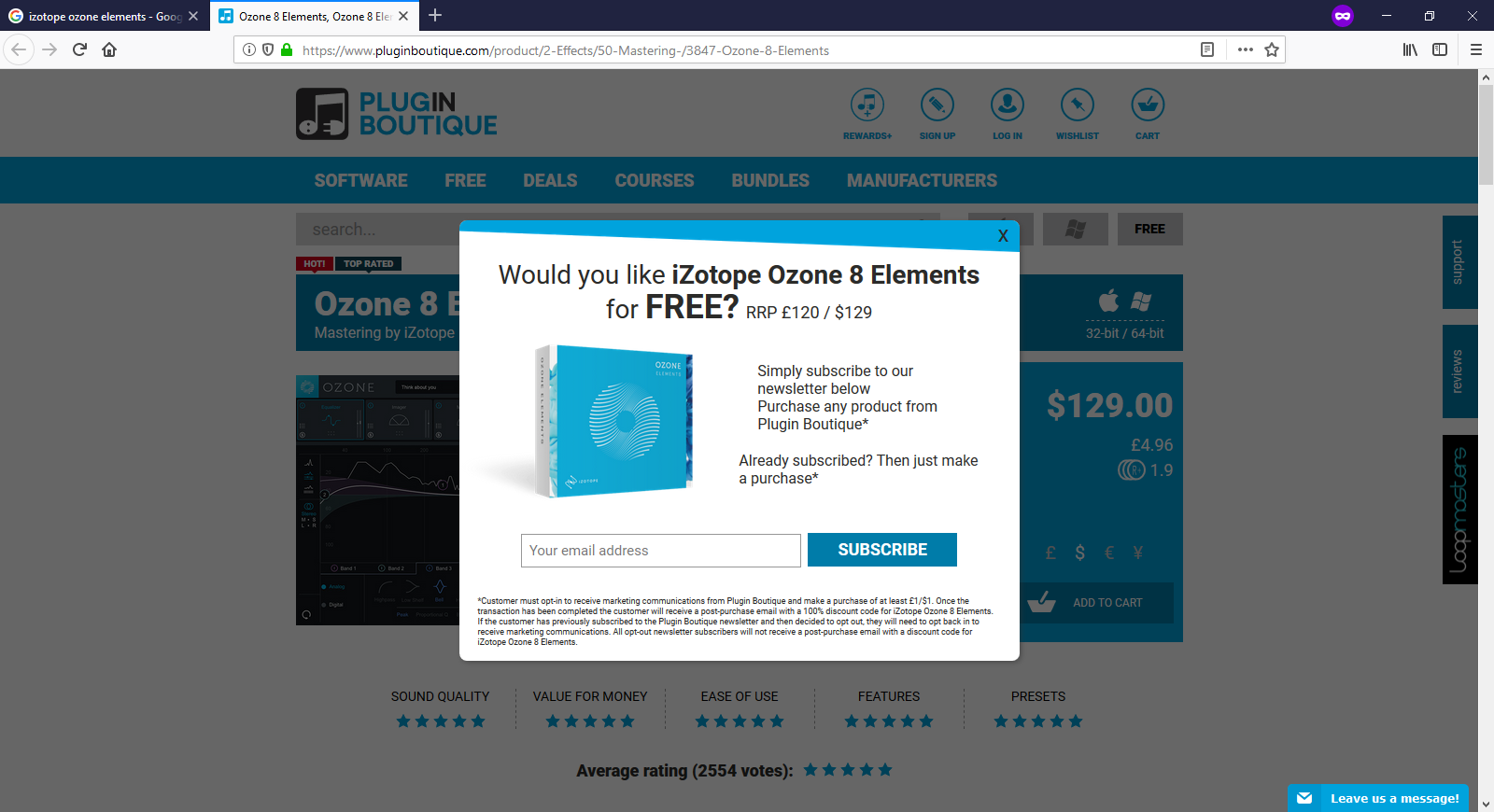

For example, a Loundess Macro Fader might control the Threshold for the Loudness Maximiser while a Depth Macro Fader might alter the Band Widening controls in the Multi‑band Stereo Imaging module.

When a preset is selected in the Preset Manager window, a number of faders are displayed that give access to the key controls for overall tweaking of that preset. Izotope have also built a degree of sound editing into the preset system via the new Macro Faders. This makes it much easier to find a suitable starting point or to organise your own presets. Presets can now also be organised into folders, and the 100‑plus presets supplied are helpfully organised into folders such as 'Genre‑Specific Mastering' or 'Instruments and Busses'. The Preset Manager window can now be undocked from the main window, which is very useful if you are flicking through the presets and want to see what settings are applied to a particular module. The Preset Manager can now be undocked and incorporates a degree of editing, courtesy of the excellent new Macro Faders. Looks aside, amongst a whole raft of changes and improvements are a redesign of the preset system module‑level and global Amount controls Mid/Side processing options for each of the three multi‑band modules and the reverb a new mode for the Loudness Maximiser, with superior handling of transients optional automatic gain adjustment when the Bypass control is applied and 'K‑System' metering, which is based on ideas developed by Bob Katz. Ozone 4 benefits from a cosmetic overhaul - the look is now futuristic and generally very pleasing to the eye - but most of the key controls remain in familiar places, which is a good thing if you are upgrading. Readers might, therefore, refer back to the original 2002 review ( /sos/apr02/articles/izotopeozone.asp) for the basics, and I'll focus here on some of the key improvements in this release. The general operation of the plug‑in and its core modules has remained very similar through Ozone's development. Izotope's flagship, all‑in‑one mastering suite was first reviewed by SOS back in the April 2002 issue, and version 4 was launched at the recent NAMM show with a list of new features and improvements.Īt its heart, Ozone 4 is still based around the six modules found in the original release: Paragraphic Equaliser, Mastering Reverb, Multi‑band Dynamics, Multi‑band Harmonic Exciter, Multi‑band Stereo Imaging and Loudness Maximiser. Ozone 4's smart new look: note the module and global Amount sliders and the new Intelligent II mode for the Loudness Maximizer. Izotope's comprehensive suite of mastering tools continues to develop and mature, yet still offers excellent value for money.


 0 kommentar(er)
0 kommentar(er)
